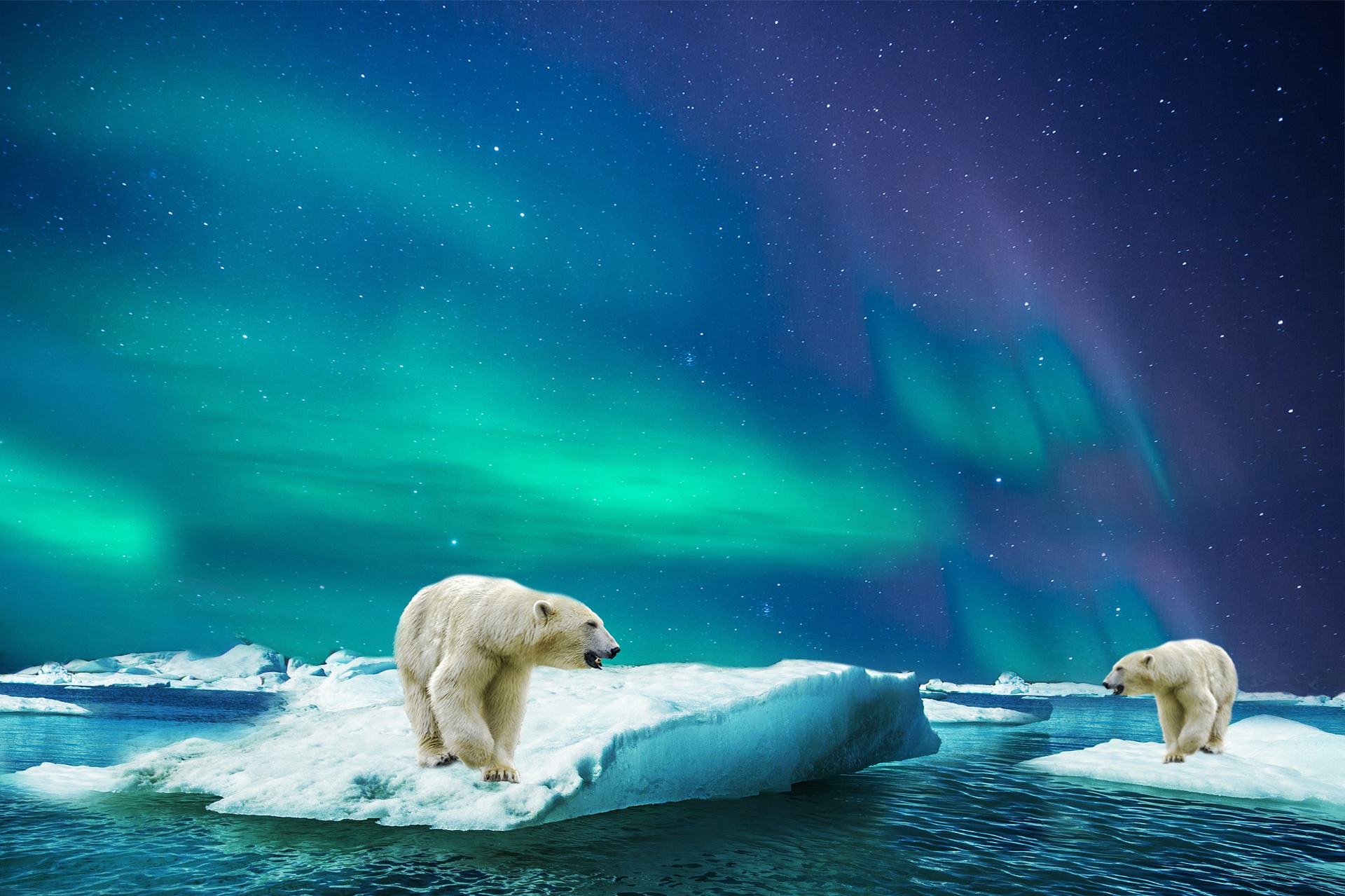The polar bear is one unique animal. First is its ability to survive in perhaps the coldest place on earth, the Arctic Circle, where temperatures can hit an astonishing low of minus 92 degrees Fahrenheit (-69 degrees Celsius) with the normal minus 29 degrees Fahrenheit (minus 34 degrees Celsius). That is pretty cold! Polar bears have adapted to their environment, giving them fetes that no other four-legged mammals have. They could even be described as apex predators within their natural habitat. However, these incredible animals are facing extinction, which comes with the decline of the coverage of Arctic sea ice, their prime habitat, as a result of global warming.
Biology of the Polar Bear
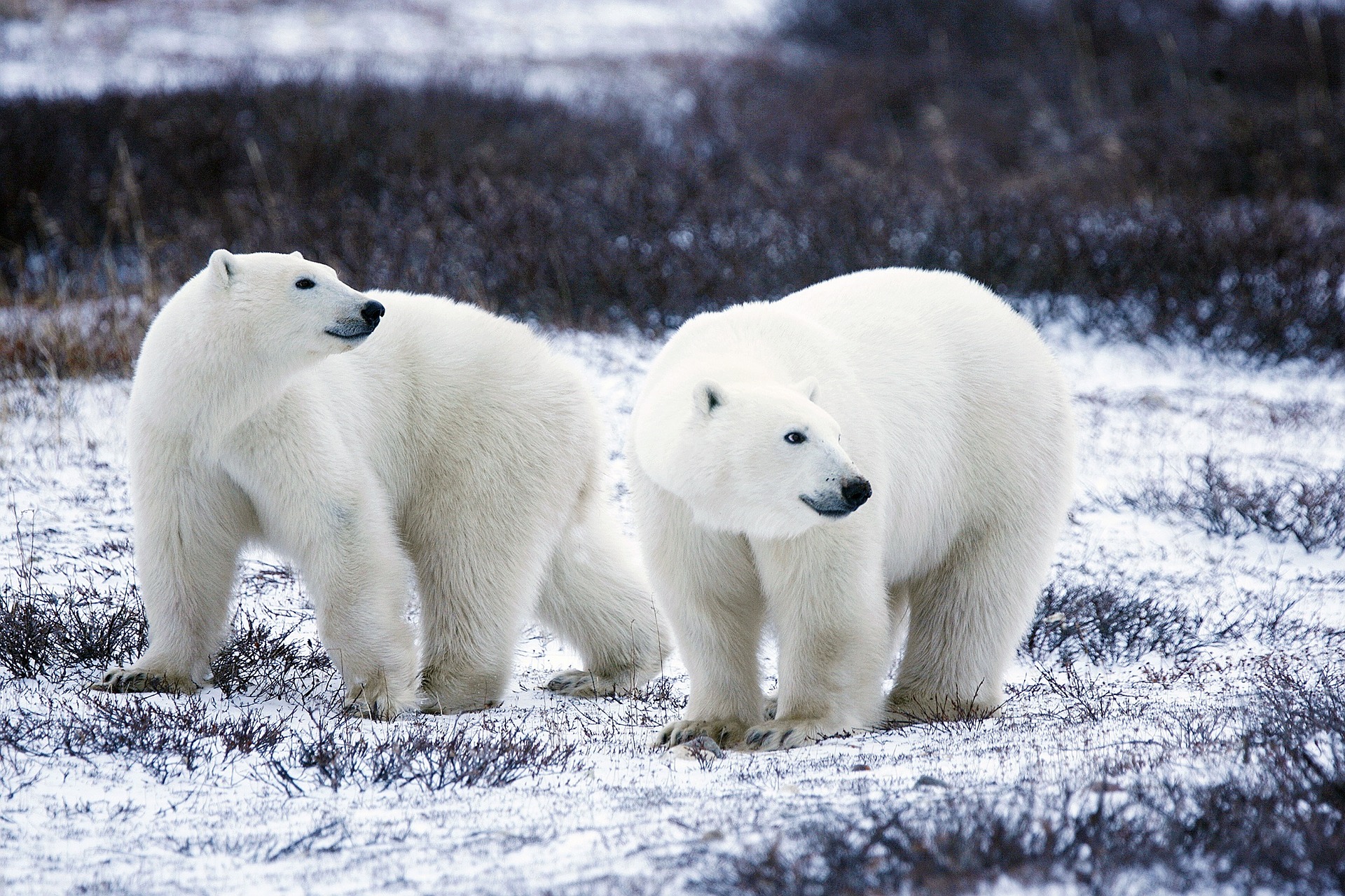
The polar bear, also known as the white bear, sea bear, or ice bear, is classified as Ursus maritimus. It is a mammal of the order Carnivora and in the family of Ursidae. Polar bears are generally classified as marine mammals. This is because they spend most of their lifetime on the sea ice of the Arctic Ocean, which is their primary source of food and habitat. The uniqueness of these bears is that they are the only bear species classified as marine mammals.
Polar bears are short, with relatively long necks and small heads. They have rounded ears and short tails that are about 3-5 inches long. Adult males, also called boars, can weigh around 350-700 kilograms (772-1543 lb). This is the weight of nearly ten adult human men! Sows, adult females can weigh half the size of the male. Polar bears can grow up to about 1.6 meters (5.3 feet) tall at the shoulder and about 2.2-2.5 meters in length. At this size and height, polar bears are considered the largest land carnivores in existence. They are only challenged by another bear, the Kodiak bear.
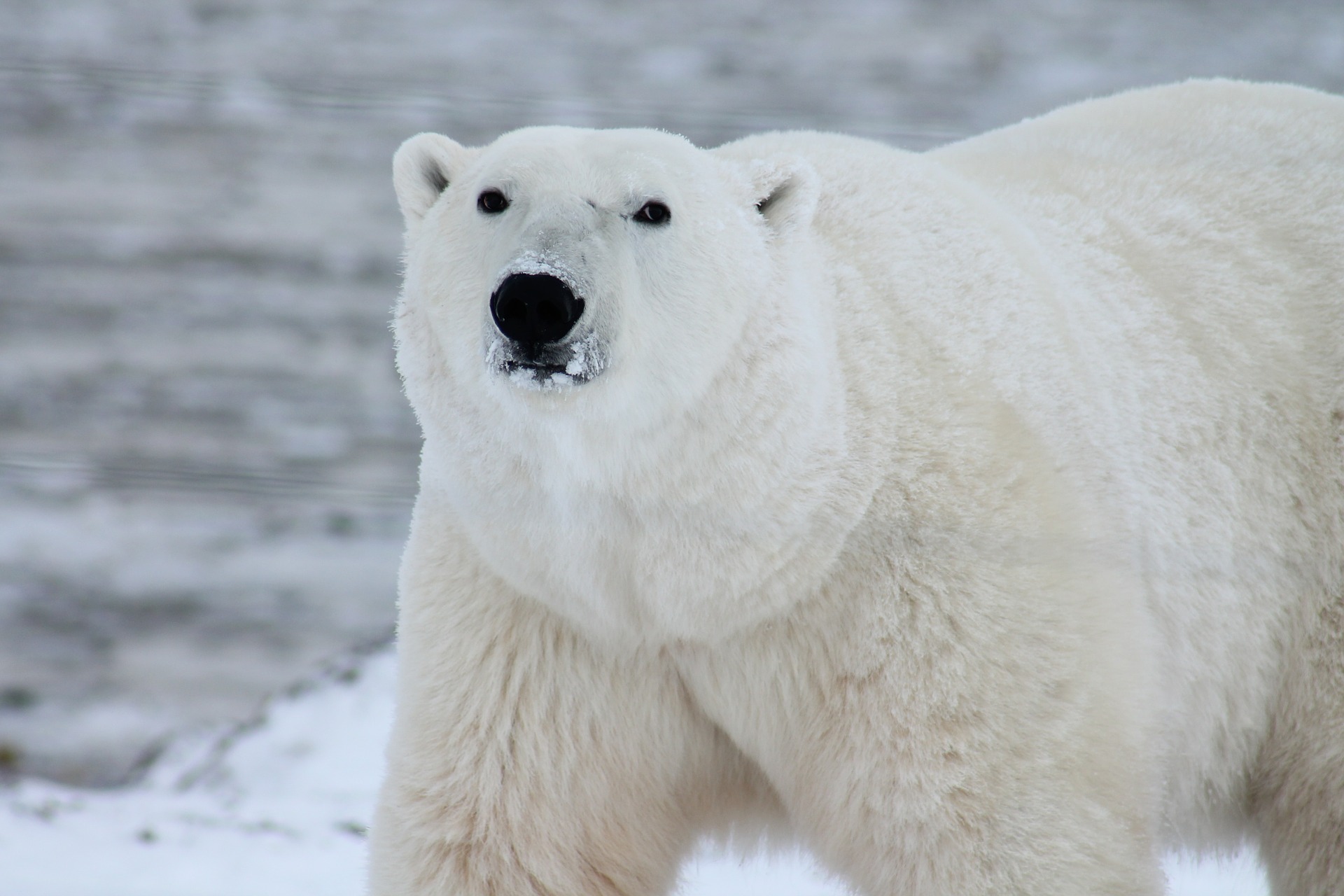
The polar bears’ breeding cycle takes place on the sea ice in April and May. Males can track females and fight with other males for mating rights. Gestation in polar bears is about 195 to 265 days and can result in one to four cubs, but most of the time, just two. Polar bear cubs are born blind and less than one kilogram. They are weaned at two years of age and live with their mothers in dens dug deep in snowdrifts that provide protection and insulation from the Arctic climate. Mother polar bears viciously protect their young, especially from males that tend to kill the young.
Despite evolving from the brown bear no less than 150,000 years ago, polar bears have quickly evolved to occupy an ecological niche. This evolution is seen in several body characteristics that have enabled the bear to survive the harsh conditions of its habitat. One interesting fact is that the polar bear is not actually white in color. The polar bear’s fur is translucent, and only appears white because it reflects visible light. Underneath all that fur, the polar bear has jet black skin like that on its nose and lips. The fur allows sunlight to pass through, and the black skin absorbs the heat from the sun’s rays. Another adaptation of the polar bear to its habitat is the layer of insulating fat under the skin. This helps retain heat keeping the animal warm even with the temperatures outside being unbearable. Moving on, the ice would be difficult if the bear did not adapt and develop hairy soles at their broad feet for protection and insulation. The uneven skin at the soles of their feet helps the bear move about without slipping. The polar has strong, sharp claws used for gaining traction, as well as digging through the ice and killing prey.
Hyper carnivorous
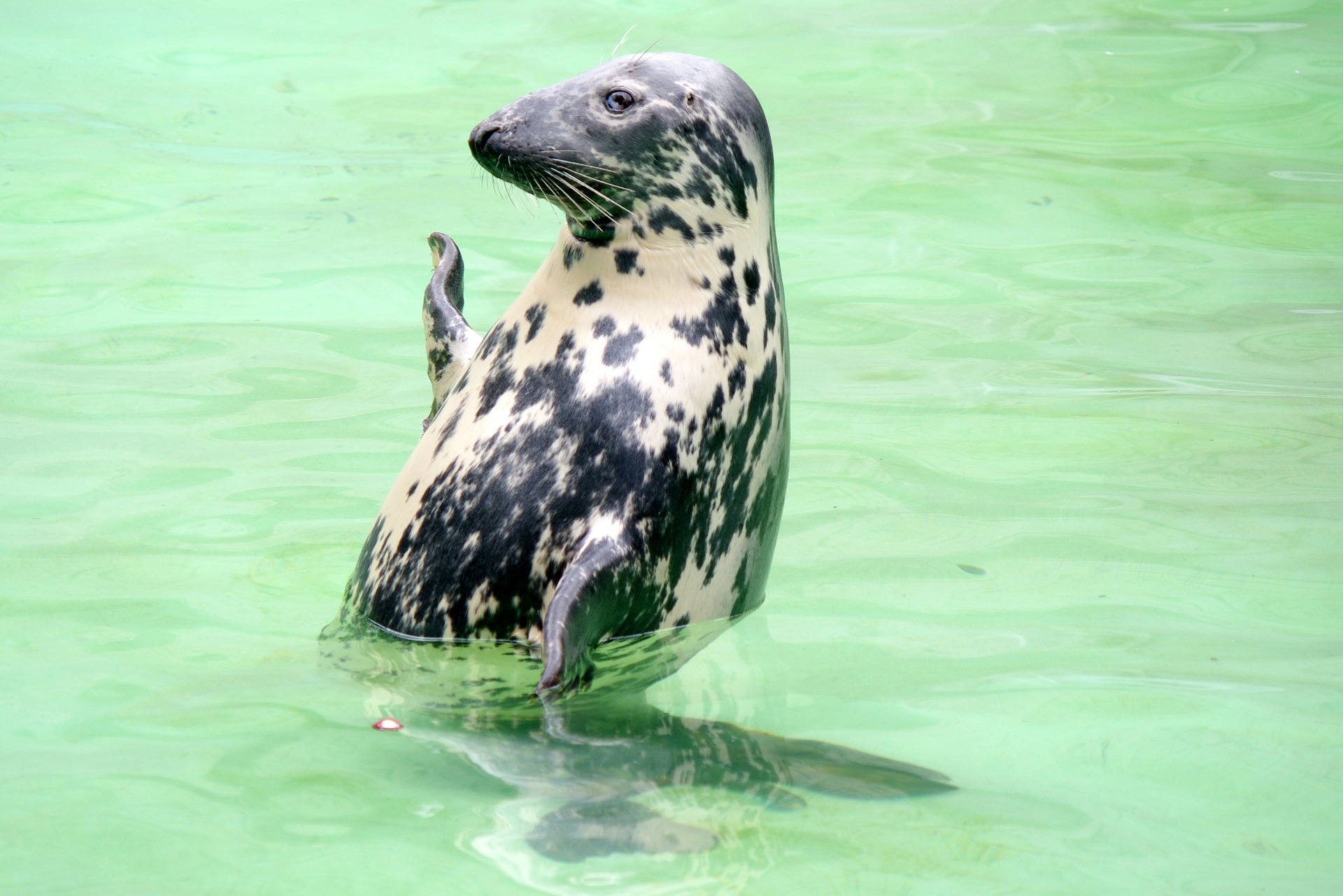
Polar bears are what you may call apex predators. They have no natural predators and have no other food in their diet except for meat. The polar bears’ preferred prey is the ringed seal, but they may also feed on bearded seals and other pinnipeds. Polar bears’ method of hunting involves searching for areas where there is shifting and cracking of the ice. In such places, seals surface for air and water. Although seals are the main source of food for polar bears, there is evidence of them consuming other wild foods such as muskox, reindeer, birds, and even carcasses of other marine mammals like whales.
Interesting facts about polar bears
- Polar bears are very good swimmers. These bears are known to reach speeds of up to 6 mph in the water and can swim for long distances and steadily for hours. This is often the case when they are moving from one place to another. They use their front paws for paddling, and their hind legs act as a rudder.
- There are polar bear-grizzly bear hybrids, also called ‘grolar bears’ or ‘pizzly bears.’
- Polar bears can smell their prey from nearly a kilometre away.
Threats to polar bears
Shrinking of the ice caps from climate change is not the only problem facing polar bears. Recently the oil and gas industry is looking to exploit the Arctic, and this could adversely affect the polar bears’ habitat. If polar bears find themselves in oil spills, their fur will not reflect heat and, in turn, reduce their insulating capabilities. Drinking the oil may also poison the bears.
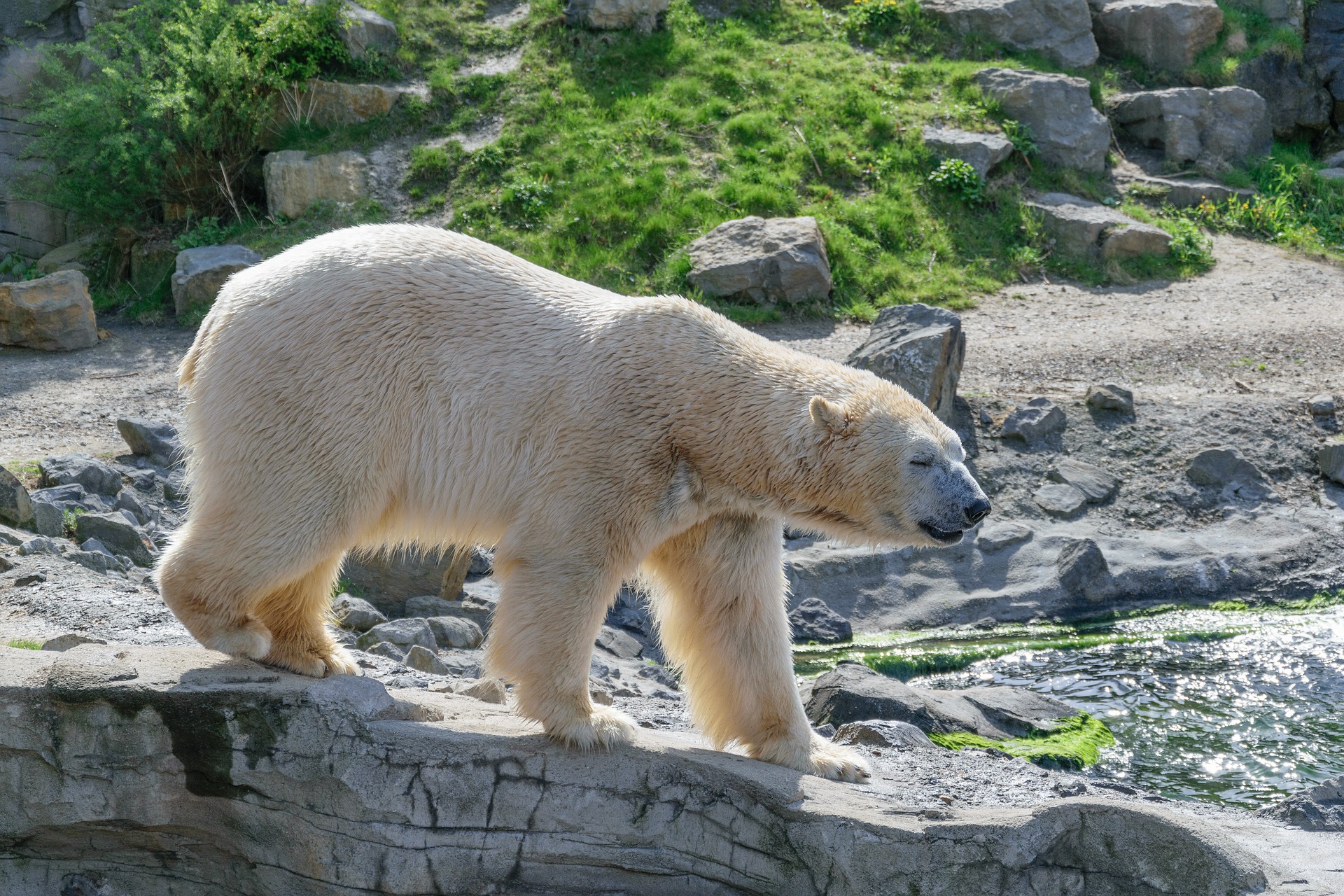
Due to their reliance on meat and a diet consisting of blubber, polar bears can be affected by pollution. They can accumulate high levels of persistent organic pollutants that may, in turn, have effects on their immune system and cause congenital disabilities.
In addition, the shrinking size of sea ice has led to an increase in human-polar bear conflict when hungry polar bears go searching for food in the summer. However, people are learning to cope with this and are adopting measures to minimize the risks of conflict.
Polar bears play an essential ecological role in their environment and therefore need protection from their various threats. They are threatened species and have been marked as vulnerable. It is vital for human beings to ensure the survival of this species as it is a general indicator of the Arctic region’s well-being.




























